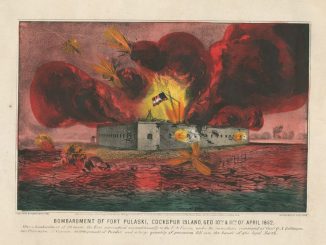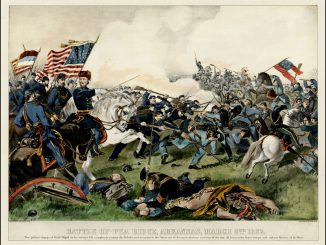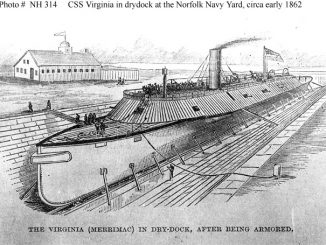
During the 1864 spring campaign in Virginia, Union General Ulysses S. Grant applied constant pressure on Robert E. Lee’s Army of Northern Virginia. In early May, the two armies clashed at the Wilderness and again at Spotsylvania Court House, Virginia, as they lurched southward toward Richmond. Meanwhile, Grant sent General Phil Sheridan and his cavalry on a raid deep behind Confederate lines. The plan was to cut Lee’s supply line and force him out of the trenches in retreat. Sheridan’s troops wreaked havoc on the Rebel rear as they tore up railroad tracks, destroyed supply depots, and held off the Confederate cavalry in several engagements, including the Battle of Yellow Tavern.
Widget not in any sidebars
Although Sheridan’s Federal troops held the field at the end of the day, his forces were stretched thin. Richmond could be taken, Sheridan wrote later, but it could not be held. He began to withdraw back to the north.
The death of Stuart was a serious blow to Lee. He was a great cavalry leader, and his leadership was part of the reason the Confederates had a superior cavalry force in Virginia during most of the war. Yet Stuart was not without his faults: He had been surprised by a Union attack at the Battle of Brandy Station in 1863, and failed to provide Lee with crucial information at Gettysburg. Stuart’s death, like Stonewall Jackson’s the year before, seriously affected Lee’s operations.







Be the first to comment